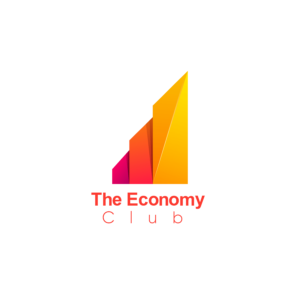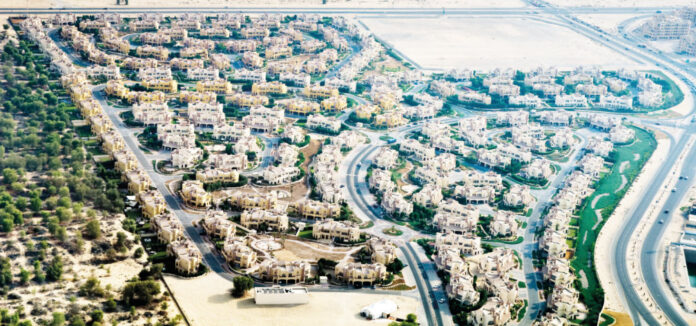DUBAI: In 2020, headlines around the globe proclaimed the “death of the city” and predicted a widespread pandemic-prompted urban exodus. Yet, while several city dwellers abandoned the urban streets searching for greener pastures, many stayed and even more are now flocking back, drawn by the vibrant, cosmopolitan lifestyle that only the world’s greatest cities can provide.
With the world’s cities coming back to life, the prediction that two-thirds of the world’s population — nearly seven billion people — will live in an urban environment by 2050, with 630 million located across 40 global megacities by 2025- 2030, remains valid.
However, not all cities are created equal, with vast discrepancies evident in the quality of life, safety, health care provision, and affordability.
While real estate markets everywhere softened during the pandemic, the past twelve months have seen a resurgence.
In particular, the global prime markets have seen an uptick in volume and values, driven by the world’s wealthiest seeking to minimize risk by diversifying their portfolios with increased investments in real estate, which is widely seen as a safer, more tangible asset class.
The world’s population of ultra-high net worth individuals is forecast to increase by 27 percent by 2025, which will see over 660,000 individuals each having US$30 million or more in net assets. And with around two-thirds of this wealth typically being tied up in property, the outlook for prime capital values across the world’s global gateway cities is overwhelmingly positive.
Dubai Market Overview
Despite being widely perceived as a seller’s market, residential real estate in Dubai remains affordable, with a prime capital value of $630 per square foot, substantially less than comparable global gateway cities.
In addition, residents enjoy a very high quality of life, a safe environment, moderate cost of living and a meager property price to income ratio.
Dubai’s residential real estate market rebounded in 2021, recording 85,000 residential real estate transactions with a total value of AED 300 billion, representing a 65 percent increase in transaction volumes and a 71 percent rise in value over the previous year.
Villa sales have performed especially well since the pandemic, rising by an average of 22 percent as buyers sought access to private outdoor space and the benefits of community facilities. However, ample room for growth remains in the mid to long term, with the residential market currently 29 percent lower than it was during the 2014 peak.
In Dubai, the top end of the market is seeing strong demand, particularly for super-premium villas, which saw sales last year reach their highest level since 2015.
According to Knight Frank, 93 homes valued in excess of US$10 million were sold in Dubai in 2021, which was more than in the previous five years combined. In addition, the super-prime segment demonstrated an annual capital value growth rate of 17 percent in 2021, which remains below the market high of December 2014.
In comparison to other global gateway cities, Dubai remains significantly undervalued and, consequently, offers high appeal to ultra-high net worth individuals looking for global real estate investments with significant room for growth in an increasingly friendly environment for foreign direct investment and offers an excellent quality of life. In the future, price acceleration will be fueled by increasing demand and a scarcity of super-prime properties in the market.
London Market Overview
In London, prime real estate remains at around 20 percent below levels seen in the peak period of 2014, with growth expected to remain slow due to uncertainty around post-Brexit, lenders increasing mortgage rates and the resumption of stamp duty charges. In fact, Savills, the UK’s top real estate services company, predicts a growth rate of around 4 percent this year, rising to 13.7 percent by 2026.
For most residents, affordability remains a significant barrier to ownership as growth outstrips wage inflation and a high Property Price to Income Ratio of 14.51 persists. In addition, London residents are burdened with a high cost of living with the added drawback of a moderate quality of life.
At the top end of the market, however, the outlook is very different, with buoyant sales in the super-prime sector driven by domestic and UK-domiciled high net worth individuals looking to capitalize on stagnant values to upgrade their homes in size, amenities and location.
Hawazen Esber, CEO of Majid Al Futtaim — Communities
Savills reports that the fourth quarter of 2021 saw the strongest performance on record for transactions on properties valued at over GBP10 million.
New York Market Overview
The US economy grew by around 6 percent in 2021, a significant rebound from the 3.4 percent contraction experienced the year prior. As Wall Street profits boomed, the economy got back on track, and New York City reopened for business, the real estate market started to pick up.
The year 2021 proved to be a record-breaking year for the New York residential sales, despite an initial downturn at the start of the pandemic and a mass exodus — 320,000 people moved out of the city in 2020, a 237 percent increase over the previous year.
The average cost for an apartment in Manhattan stands at $1.95 million, and the median price has increased by 11 percent in the fourth quarter of 2021. While city residents currently enjoy a moderate property price to income ratio, the cost of living is very high, and the quality of life is moderate.
In the super-prime market, New York is a top global performer, with 2022 sales of above US$10 million recorded in 2021; the segment is also fast-moving, with homes taking an average of 97 days to sell. In the same year, Manhattan recorded a total sales value of US$30 billion, more than half of which was in the form of cash transactions as HNWIs sought to mitigate potential exposure to risk by diversifying their assets and strengthening their real estate portfolios in the United States.

